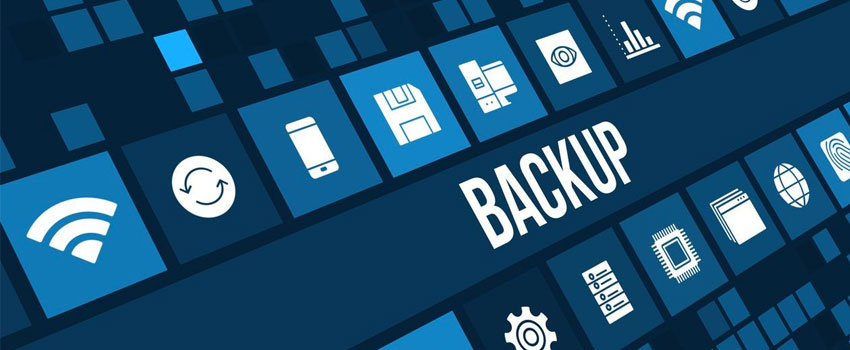How to Back Up Your Computer Operating System in Case of Corruption
Backing up your computer's operating system (OS) is crucial to ensure you can recover your system in case of corruption or failure. This guide will walk you through the steps to create a full backup of your OS on both Windows and macOS.
🧠 Why Back Up Your OS?
Backing up your OS allows you to restore your system to its previous state without reinstalling Windows or macOS. This is especially useful in scenarios like:
-
System crashes or corruption
-
Malware or ransomware attacks
-
Hardware failures
-
Failed system updates
💻 How to Back Up Your Windows 10/11 Operating System
Option 1: Use Windows Built-in System Image Backup
-
Open Control Panel > Backup and Restore (Windows 7).
-
Click Create a system image on the left panel.
-
Choose where to save the backup: external drive, DVD, or network location.
-
Select the drives to include (usually C: by default).
-
Click Start backup.
This creates a system image—a full copy of your OS, installed programs, and settings.

Image: Windows 10 System Image Backup Interface
Option 2: Use a Recovery Drive (USB)
-
Plug in a USB drive (at least 16GB).
-
Search for Create a recovery drive in the Start menu.
-
Check Back up system files to the recovery drive.
-
Follow the prompts to create the drive.
This lets you boot your PC even if Windows won’t start.
Image: Windows 10 Recovery Drive Creation
Option 3: Use Third-Party Backup Tools
Consider using third-party tools for additional features:
-
Macrium Reflect (Free)
-
Acronis True Image
-
EaseUS Todo Backup
These tools offer features like scheduled backups, encryption, and cloud storage.

Image: Macrium Reflect Backup Interface
🍎 How to Back Up Your macOS Operating System
Option 1: Use Time Machine
-
Connect an external drive.
-
Go to System Preferences > Time Machine.
-
Click Select Backup Disk and choose the external drive.
-
Turn Time Machine ON.(Apple Support)
Time Machine creates hourly backups, including system files.

Image: Time Machine Backup Interface
Option 2: Create a Bootable macOS Installer
-
Download the macOS installer from the App Store.
-
Plug in a USB drive (at least 16GB).
-
Use Terminal to create the bootable drive with this command:
sudo /Applications/Install\ macOS\ [Name].app/Contents/Resources/createinstallmedia --volume /Volumes/MyVolume
This allows you to reinstall macOS if the internal drive fails.

Image: Creating a Bootable macOS Installer
🗂 Pro Tips for Safe OS Backups
-
Multiple Locations: Back up to both an external drive and cloud storage.
-
Regular Updates: Update your backup monthly or after significant changes.
-
Test Your Backups: Periodically test your backups to ensure they work.
-
Secure Storage: Keep your backup drives in a safe, dry place.
🔄 Restoring Your System from Backup
If your OS gets corrupted:
-
Use your system image or recovery USB to boot.
-
Follow the on-screen prompts to restore.
-
Ensure your backup is recent to minimize lost changes.
✅ Conclusion
Backing up your operating system may take just 20–30 minutes but can save you hours—or even days—of stress and troubleshooting. Whether you’re on Windows or Mac, setting up a proper backup now ensures you’re ready for any system crash or corruption.
💬 Have you created a system backup recently? What tools do you use? Share your tips in the comments!



Comments
Post a Comment